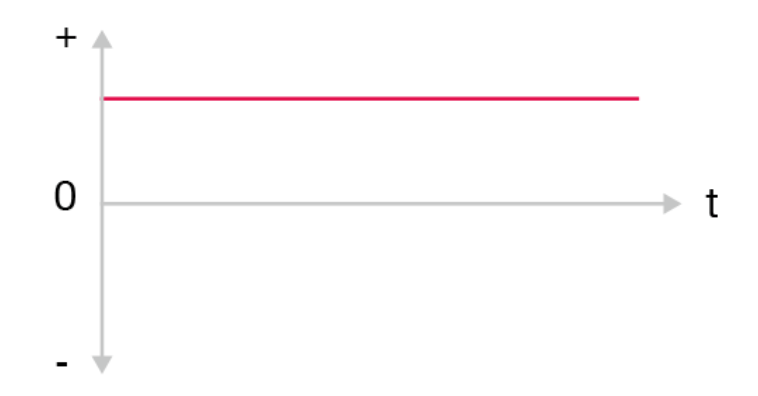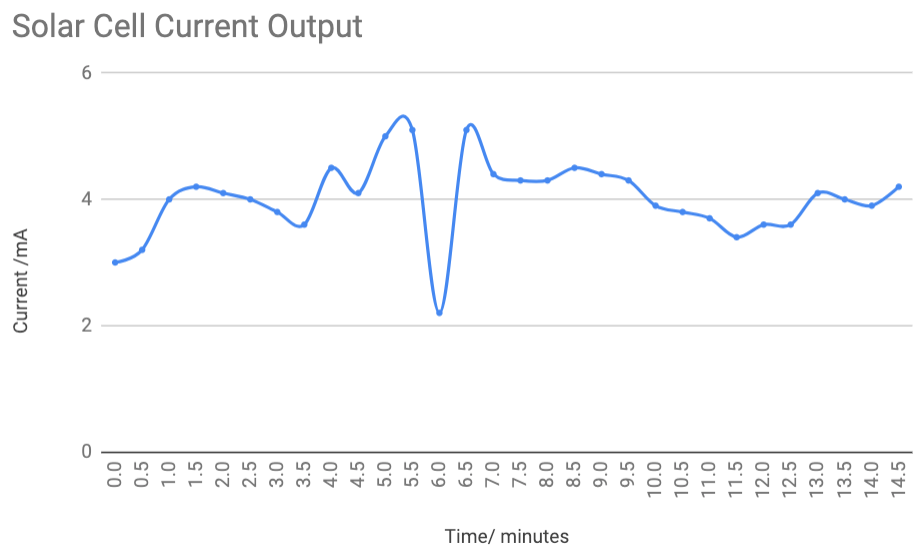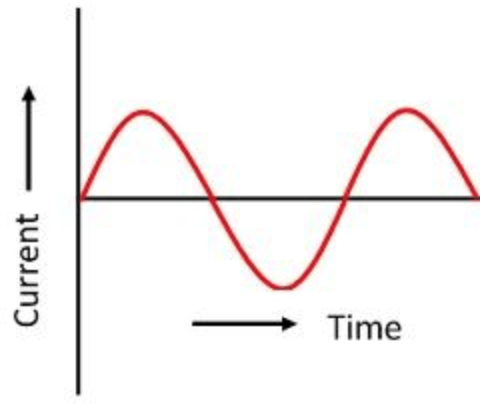Objectives:
- To understand the difference and significance of both AC and DC electricity
- To learn the voltage used in the mains electricity supply in the UK as well as its frequency
What AC and DC are and their differences
AC and DC are not separate artists from the band ACDC, instead they are the terms used to describe the type of current that a battery or power supply distributes around a circuit.
DC stands for direct current and is where the flow of electrons is always in the same direction.
AC stands for alternating current and is where the electrons continuously alternate the direction in which they are travelling from forwards to backwards to forwards then backwards and so on and so forth.
https://gfycat.com/annualinsecureafricanjacana
Direct Current
Direct current comes from from devices like batteries and cells. This is where chemical reactions take place and send electrons a certain way around a circuit, unless the battery is removed then turned around and put back in, the current will always flow the same way around the circuit.
https://gfycat.com/disgustingbouncyasiaticlesserfreshwaterclam
Solar cells are another example of where direct current is sent around a circuit. A simple explanation of how a solar cell works is by considering two pieces of material (known as semiconductors) placed next to one another, one which has an abundance of electrons known as the n-type (n for negative), (lots of them!) and the other has no electrons known as the p-type (positive). With no light energy acting on the solar cell, the electrons cannot jump across to the plate with no electrons and flow around the circuit – it would need more energy! A solar cell works by absorbing light energy, electrons in the cell absorb the light, gain its energy and are then able to jump to the other plate and flow around the circuit. The plate without electrons on it acts almost like a bridge, the more light energy incident on the plate the further the more the electrons can bridge the gap and allow current to flow. Because electrons are always knocked free and forced to flow through the p-type material, they always flow in the same direction, hence creating a direct current.
Because electrons are always knocked free and forced to flow through the p-type material, they always flow in the same direction, hence creating a direct current.
A graph of current against time for a direct current type cell is as follows:
 The y-axis would have either current or voltage as its label. The line shown would be for a cell giving a constant output.
The y-axis would have either current or voltage as its label. The line shown would be for a cell giving a constant output.
A device like a solar panel is very unlikely to have a constant light intensity incident upon it, therefore the number of electrons knocked free and able to flow around the circuit will vary leading to a graph like that shown below. The line is still showing that the current is always in the same direction, but it does fluctuate and increase or decrease in size. Alternating Current
Alternating Current
Alternating current is produced in power stations and is used to transmit electricity around the country in a more efficient manner, using devices known as transformers. Alternating current is produced because of the way in which electricity is generated;
A wire moves through a magnetic field and as it does so the magnetic field pushes the electrons along the wire. In order to generate electricity effectively, a coil of wire is usually placed within a magnetic field and is rotated on an axle, as it rotates, it passes through the magnetic field line and generates electricity.

Because the coil of wire rotates at one point it is moving downwards and therefore a current is produced in a certain direction (towards the bottom left). At another point, shortly later that same side will be moving upwards (so the direction of the one arm of the coil has reversed), this results in the current reversing direction (and flowing towards the top right).
As can be seen in the gif above, this means the current goes back and forth (as can be seen by the little glows of light within the wire), it means that the current will flash on and off (on when the current is flowing in either direction and off when the current briefly cancels out) – this will be studied more in the electromagnetism topic!
An alternating current produces a graph that looks like the following:
 If the generator is in a wind turbine whereby the energy resource is unreliable (wind is not a constant speed), then this curve will still go up and down but much more haphazardly, like so:
If the generator is in a wind turbine whereby the energy resource is unreliable (wind is not a constant speed), then this curve will still go up and down but much more haphazardly, like so:
 Watch this video for a little more information:
Watch this video for a little more information:
Further reading:

You must be logged in to post a comment.